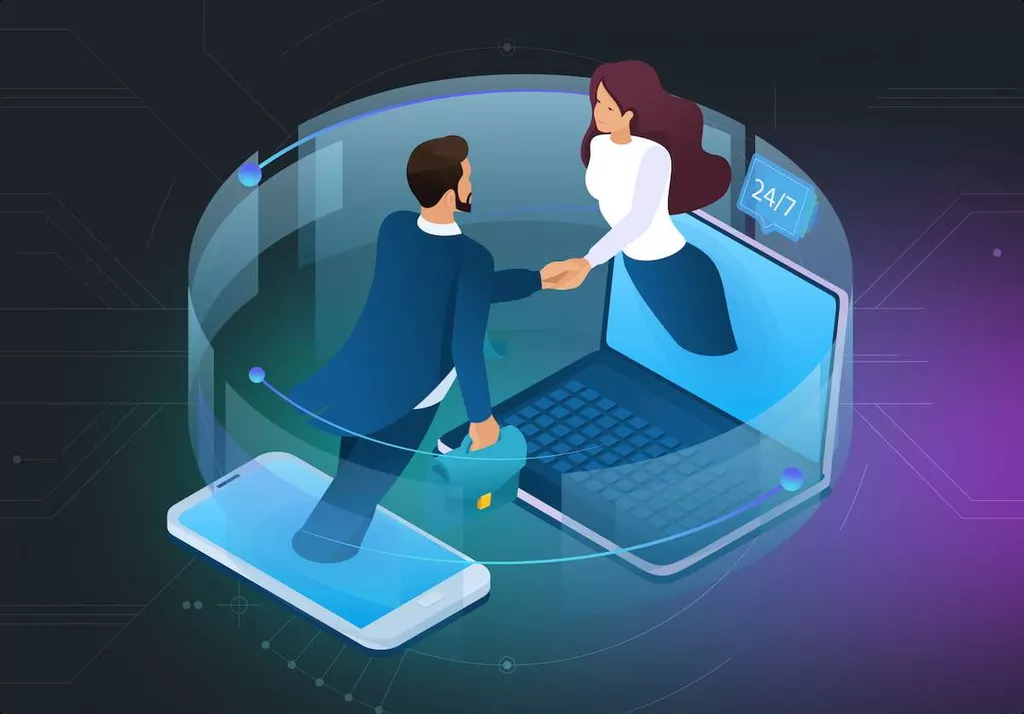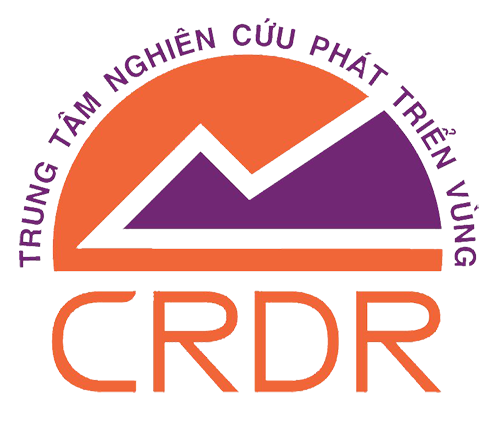Chatbot for Insurance Industry With Use Cases & Examples

In contrast, low-code chatbots are ideal for organizations that need to add unique features while reducing development efforts. Transactional chatbots can help organizations strengthen their sales and marketing efforts, whether for appointment scheduling, lead generation, or payment collection. This technology is used in chatbots to interpret the customer’s needs and provide them with the information they are looking for. This article explores how the insurance industry can benefit from well-designed chatbots. You will learn how to use them effectively and why training staff matters.
- It’s perfect for complete beginners, as well as experienced bot-builders.
- The speed and convenience of this process have a long bearing on the reputation of the insurance company.
- While a popular belief about chatbots is that they will make human agents completely redundant, that is not entirely true.
- HDFC Life Insurance realized the challenges in insurance and came to Kommunicate for an automated support solution.
According to Genpact, 87% of insurance brands invested over $5 million in AI-related technologies each year. Long gone are the days when artificial intelligence was a buzzword, or even just something that was ‘good-to-have’ – it is now very much a ‘must-have’. For example, a user may ask a chatbot how much they can expect to pay for their car insurance premium based on their driving history.
Combining Chatbots and Humans
Chatbots can answer queries, especially if they are facing complex client inquiries or need an update on the status of an application. When a prospective customer is looking for a quote, a chatbot can gather key information about vehicles, health, property, etc., to provide a personalized quote in seconds. Chatbots that use analytics and natural language processing can get to know your audience pretty well. This means they’ll be able to identify personalized services to best suit each policyholder and recommend them directly, helping generate leads or upsell opportunities. The number of claim filings that your organization can handle increases, too, because humans don’t need to scramble to service every single customer directly.

It’s now possible to build and customize your insurance bot with zero coding. An insurance company will find it easy to create a powerful bot anytime and start engaging the customers round the clock. A growing number of insurance firms are now deploying advanced bots to do a thorough damage assessment in specific cases such as property or vehicles. Chatbots with artificial intelligence technologies make it simple to inspect images of the damage and then assess the extent or claim. Your business can rely on a bot whose image recognition methods use AI/ML to verify the damage and determine liabilities in the context.
AI Chatbots in the Insurance Industry
With the help of intuitive chatbots, insurance companies are able to explain complex products to their customers, drive brand engagement, and improve sales and distribution. The most obvious use case for a chatbot is handling frequently asked questions. A virtual assistant answers prospects’ and customers’ questions, triggers troubleshooting scenarios, and collects data for human agents to resolve complex issues. As Conversational AI, and other AI technologies, continue to evolve, the capabilities of insurance chatbots will continue to expand.

The article delves into the numerous use cases of Generative AI chatbots for insurance industry, highlighting the benefits of their integration. Every time a customer service representative picks up your phone, the company you are connecting with is spending somewhere between $5-$15. Hence it is not only time consuming for the customers to connect with CSR (customer service representative) over the phone, it is also expensive for companies. Moreover, chatbots may also detect suspected fraud, probe the client for further proof or paperwork, and escalate the situation to the appropriate management. Claims processing is usually a protracted process with a large window for human error and delays which can be eliminated at each stage. You will need to use an insurance chatbot at each stage to ensure the process is streamlined.
The Ease of Access of Information Provided
Additionally, insurance chatbot examples a chatbot can automatically send a survey via email or within the chat box after the conversation has concluded. Clients are more likely to pay their bills on time if they communicate with a chatbot. I said as much as 80% of insurance underwriting will be automated before long. Sensely is one of the available health chatbots that assists plan members and patients with insurance services and healthcare resources.

As a result, it can be a problem when developing a chatbot for multilingual countries with numerous dialects like India. Moreover, Generative AI chatbot can also learn from the user’s interaction history and adjust its responses accordingly. For instance, if a user frequently asks for more detailed answers, the chatbot can adapt and provide more detailed responses to that particular user in the future.
Inbenta Expands its Customer Experience Platform, Allowing Companies to Integrate the Generative AI Solution of Their Choice
88% of insurance customers demand more personalization from providers7. AI can help agents respond to customers faster with tailored responses by curating data from back-end systems on agents’ behalf and even drafting personalized responses. AI-powered chatbots can flag potential fraud, probe the customer for additional proof or documentation, and escalate immediately to the right manager. For centuries, the industry was able to rest on its laurels because information was inaccessible. Customers were operating in the dark with little insight into competitive policies and coverage. For decades, there was not a need for insurance providers to prioritize the customer experience because – although people lacked trust and affinity for their providers – turnover was low.
Insurance companies and messaging apps: Advantages, examples … – Sinch
Insurance companies and messaging apps: Advantages, examples ….
Posted: Fri, 31 Mar 2023 07:00:00 GMT [source]
It has helped FWD Insurance scale its client service by allowing users to get answers to their questions 24/7. In addition, chatbots can proactively reach out to insurance customers to offer assistance. The insurance chatbot has given also valuable information to the insurer regarding frustrating issues for customers. For instance, they’ve seen trends in demands regarding how long documents were available online, and they’ve changed their availability to longer periods. This has led to a quantifiable overall increased customer satisfaction. Leading French insurance group AG2R La Mondiale harnesses Inbenta’s conversational AI chatbot to respond to users’ queries on several of their websites.
Discover: Answer frequent questions
“In a digital age, many of our customers expect to be able to interact with their insurer online and this pilot has allowed us to gauge interest in this type of innovative and exciting technology. Promo messages of new rates, the latest offers, and policy updates send information to a highly targeted audience. Chatbots have an open rate from 85% to 98% open rate that is significantly higher than via traditional email, or postal mail. For nearly two decades CMSWire, produced by Simpler Media Group, has been the world’s leading community of customer experience professionals. Rennella on the other hand, developed the ElMejurTrato chatbot for their sales and marketing team, which allowed them to more easily measure ROI.
If Allstate started using a chatbot, they could easily use this page to write simple and helpful scripts across their website. This saves customers having to click away from your plans to find the contact page. If you can explain your plans more quickly and clearly than your competitors through personalized communication, you’ll put your business at an advantage.
Read more about https://www.metadialog.com/ here.

